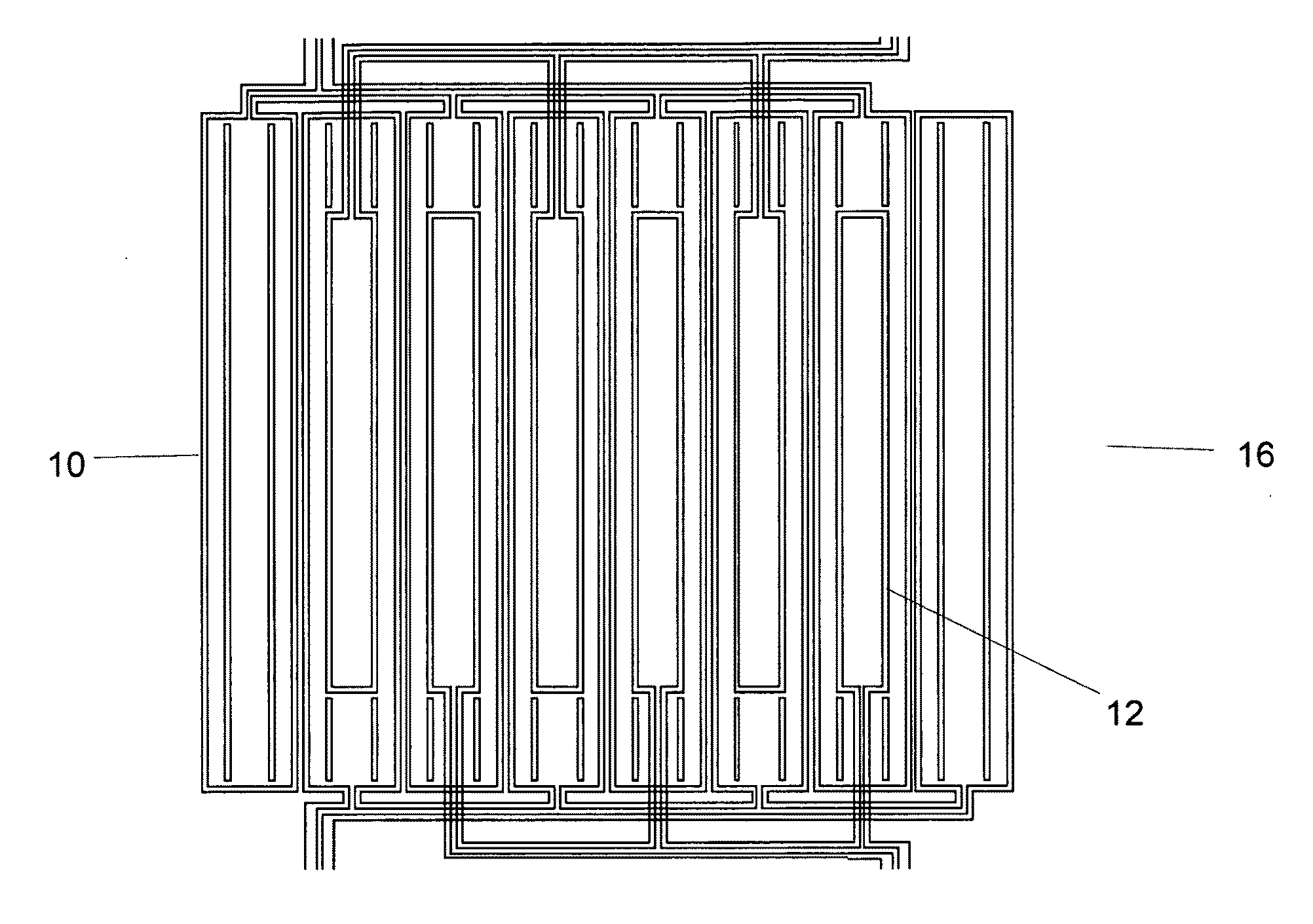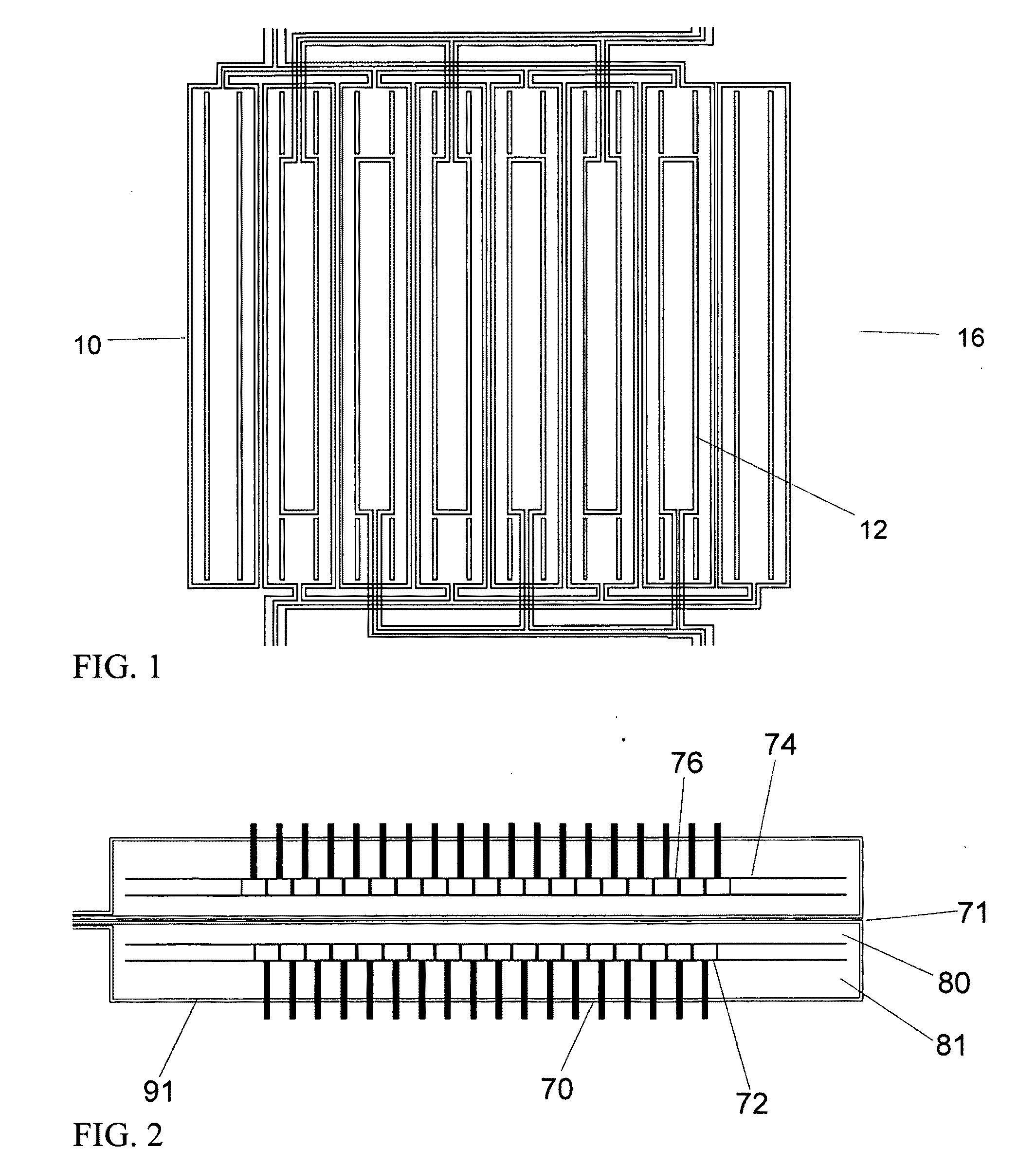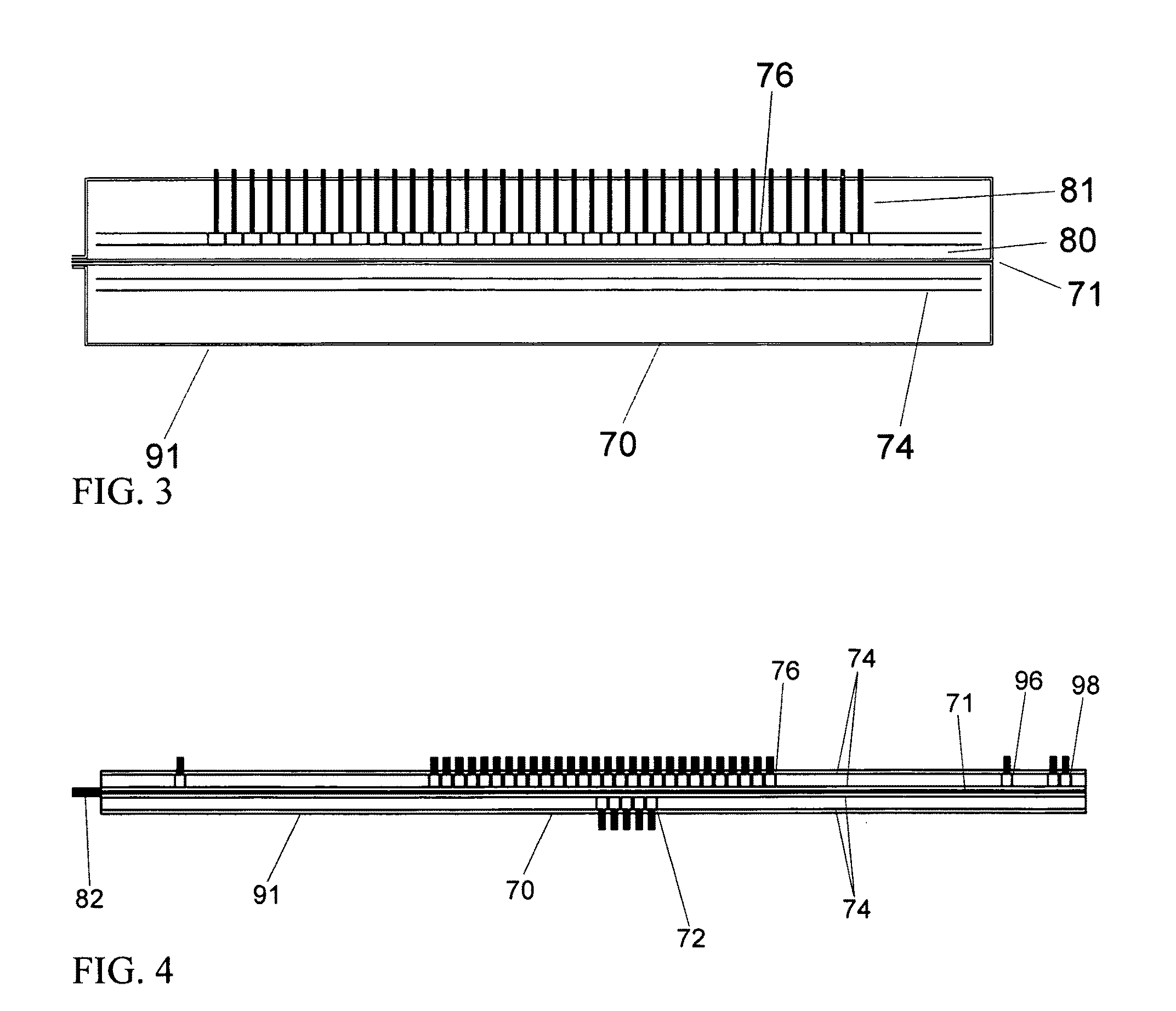Magnetic field characterization of stresses and properties in materials
a magnetic field and stress technology, applied in the direction of magnetic property measurement, material magnetic variables, instruments, etc., can solve the problems of catastrophic failure of the component, serious deformation of the mechanical properties of the ultra-high strength steel, and compromising the integrity of the componen
- Summary
- Abstract
- Description
- Claims
- Application Information
AI Technical Summary
Benefits of technology
Problems solved by technology
Method used
Image
Examples
Embodiment Construction
[0053]A description of preferred embodiments of the invention follows.
[0054]The use of conformable and nonconformable eddy-current sensors and sensor arrays is described herein for the nondestructive characterization of materials, particularly as it applies to the characterization of applied and residual stresses. This includes surface mounted and scanning, contact and non contact configuration. This sensing approach can be used to monitor the material characteristics at a given location with single or multiple sensing element sensors, sensor arrays and / or networks of surface mounted sensors using hand-held probes, mounted into automated scanners or as part of an embedded network. The sensors can be mounted into a structure in proximity to a material under test for monitoring the property changes while the material is being stressed and fatigued. Alternatively, such embedded sensors can be queried with instrumentation on a scheduled or unscheduled basis with either no electronics on...
PUM
| Property | Measurement | Unit |
|---|---|---|
| thick | aaaaa | aaaaa |
| temperatures | aaaaa | aaaaa |
| frequency | aaaaa | aaaaa |
Abstract
Description
Claims
Application Information
 Login to View More
Login to View More - R&D
- Intellectual Property
- Life Sciences
- Materials
- Tech Scout
- Unparalleled Data Quality
- Higher Quality Content
- 60% Fewer Hallucinations
Browse by: Latest US Patents, China's latest patents, Technical Efficacy Thesaurus, Application Domain, Technology Topic, Popular Technical Reports.
© 2025 PatSnap. All rights reserved.Legal|Privacy policy|Modern Slavery Act Transparency Statement|Sitemap|About US| Contact US: help@patsnap.com



